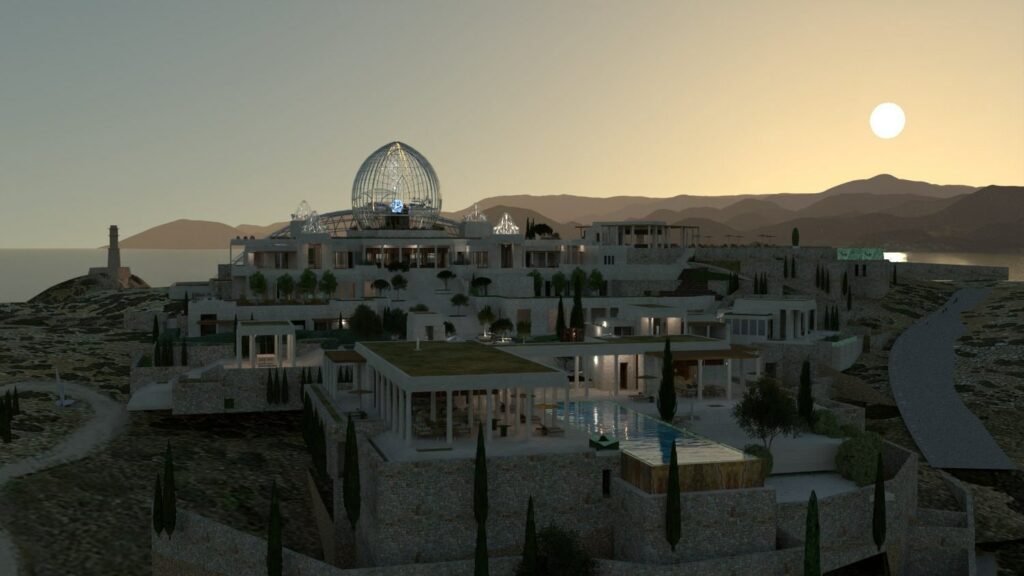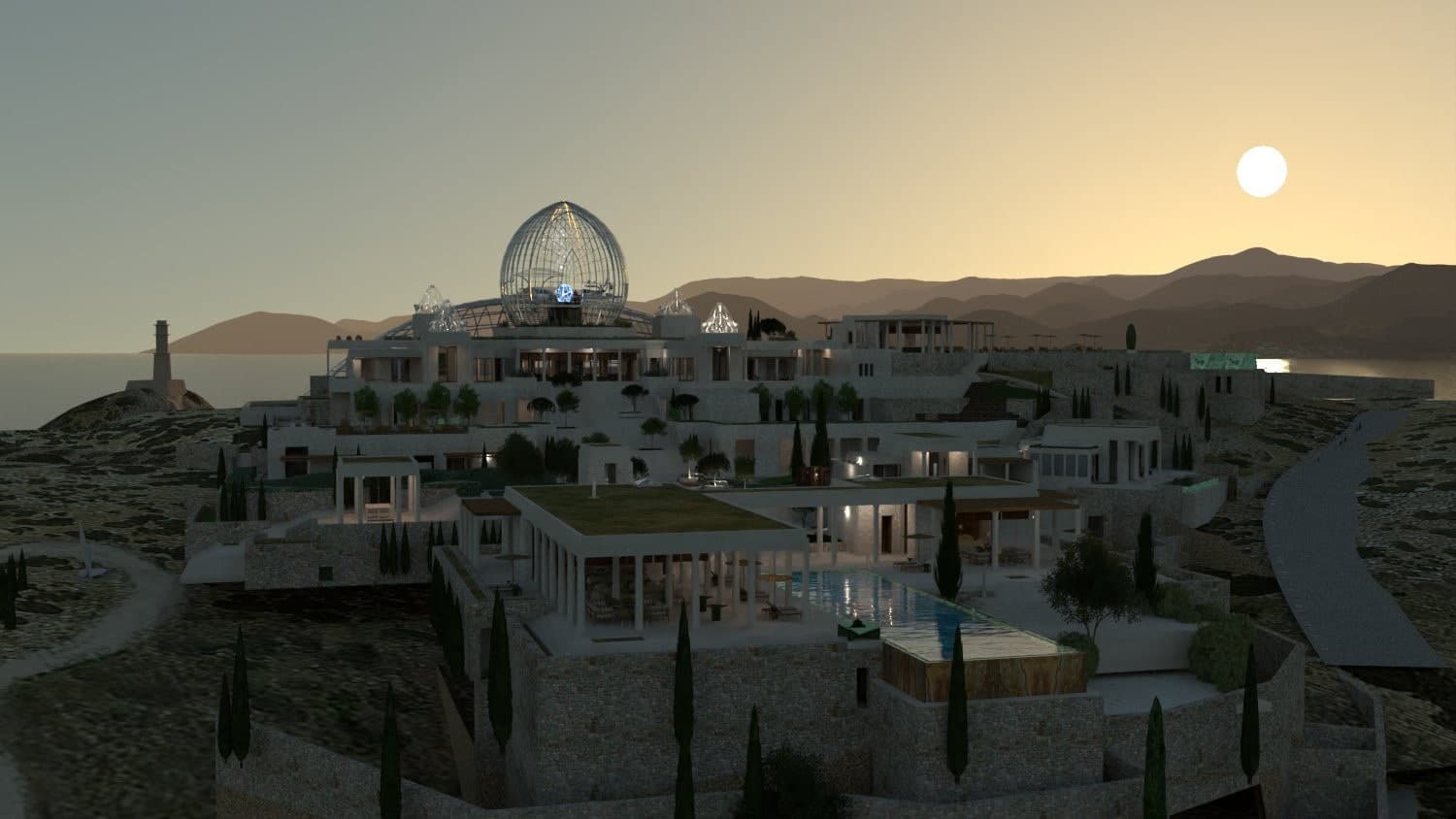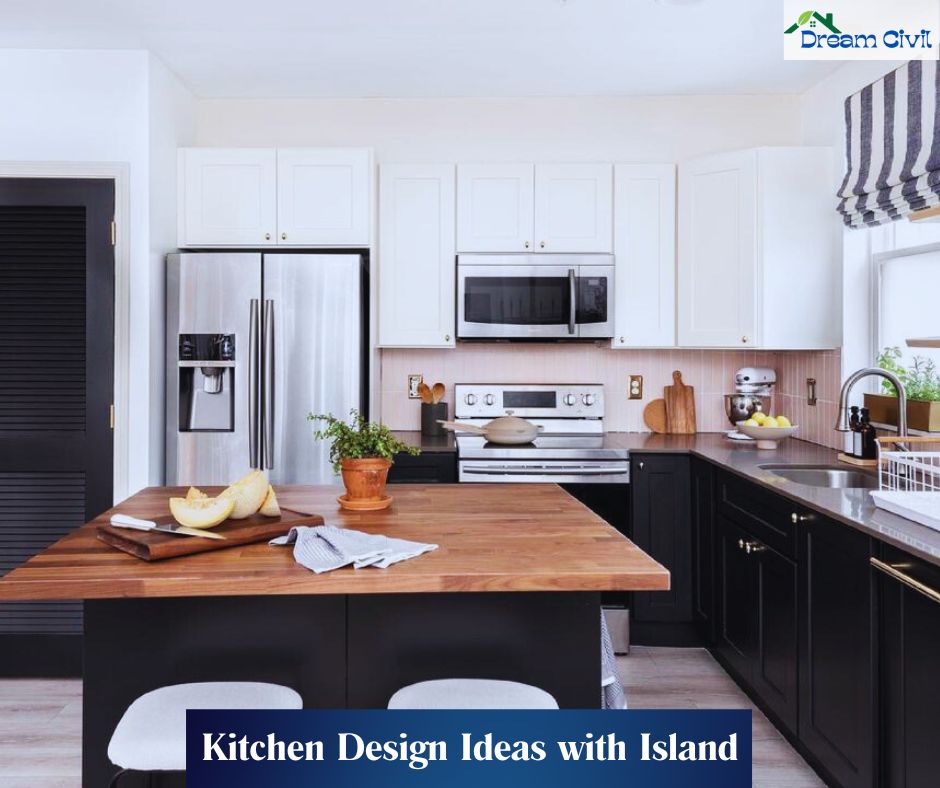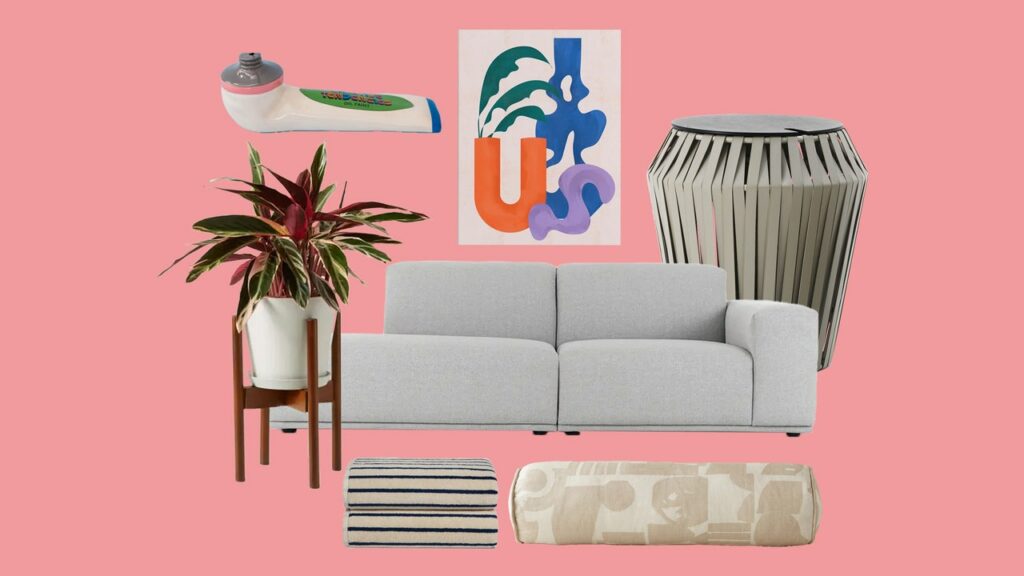The 5 Most Striking Design Moments in Movies This Year

This post was originally published on this site
The main set for The Menu’s takeoff of horror tropes delivers from the first look. As the setting for an evening of sumptuous dining and escalating terror, the elite eatery Hawthron, a chilly Scandinavian-inspired space, captures a bunch of fine-dining clichés while ominously shading them: the giant picture window overlooking the water, the gas-jet fireplace, the expansive kitchen big enough to feed an evil army. It is the first movie in recent memory to make sconces look foreboding. Production designer Ethan Taubman told AD he was inspired by the world’s finest restaurants (such as Spain’s El Bulli), along with paintings by Francis Bacon and John Currin that were “studies in grotesquery, excess, and worship,” he adds. “I always joke about this because it was similar to when I designed the movie Room, which has such an iconic, singular set that you’re stuck inside.”
The mansion in Glass Onion: A Knives Out Mystery
That opulent manse owned by tech mogul Miles Bron (Edward Norton) is a jaw-dropper, complete with its spectacular onion-shaped glass atrium. Although the titular allium is a digital effect, the exterior of Amanzoe resort in Greece lent the filmmakers the grandiosity they felt the murder mystery needed. “It’s very epic, almost like the Colosseum, to approach the villa—which lends itself to the idea that people are about to kill each other,” production designer Rick Heinricks told Condé Nast Traveler. The mansion’s bedrooms appear onscreen, but the intricate, luxuriously appointed main living spaces were constructed on soundstages, and the details are so luxe—check out the dining room with its spectacular cubist light fixture, offset against Greek columns and a classical painting, and the clear lucite piano—that they’re almost to die for.





Responses